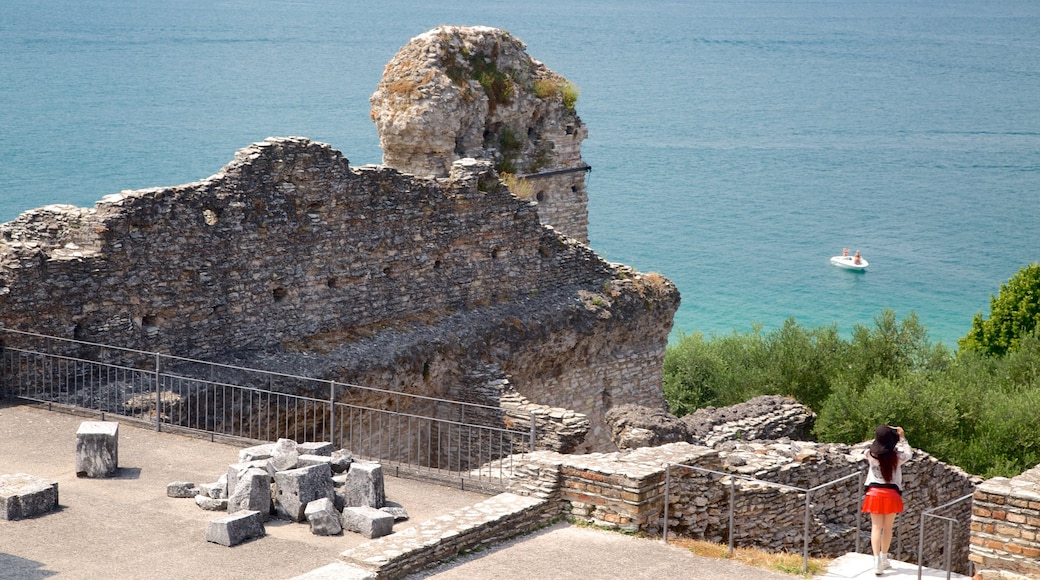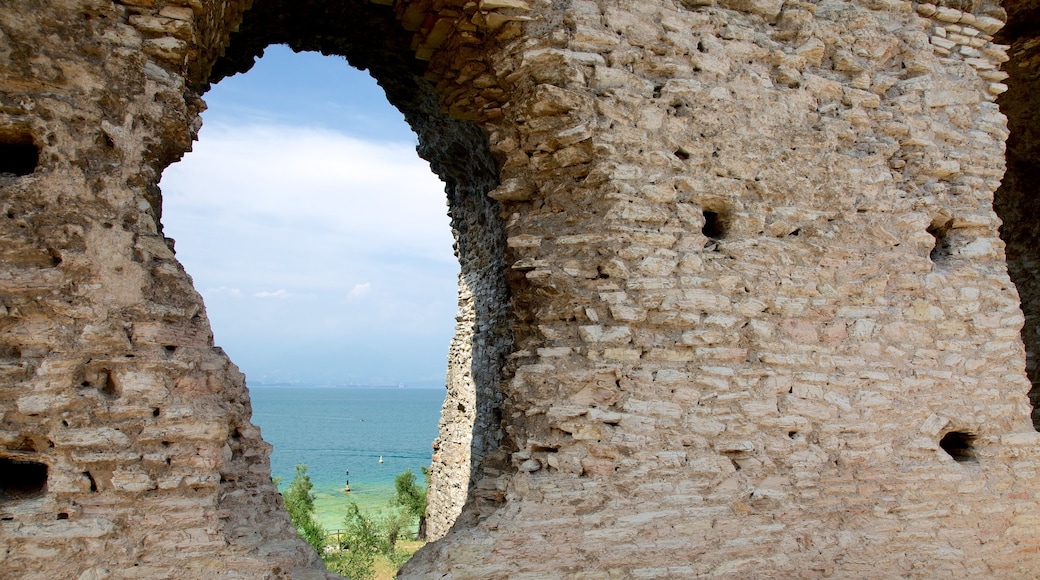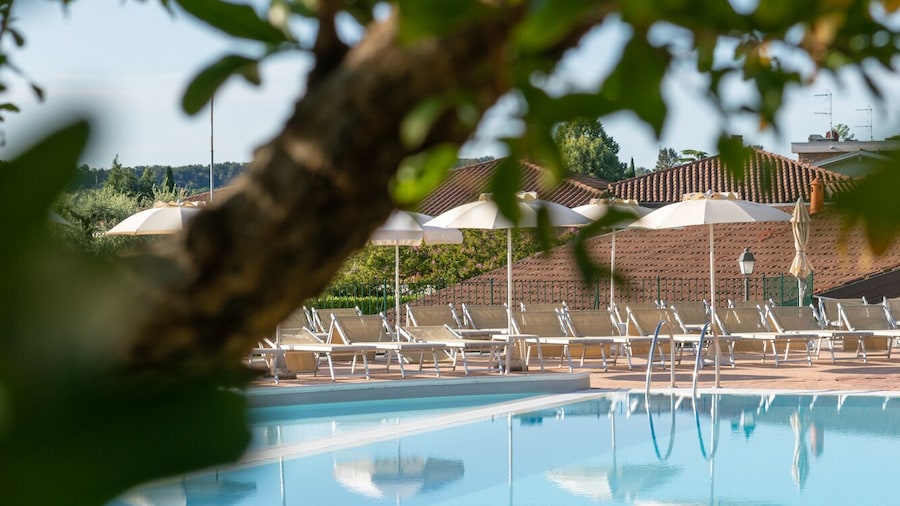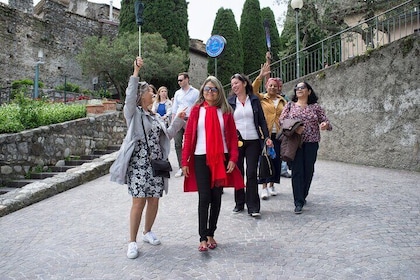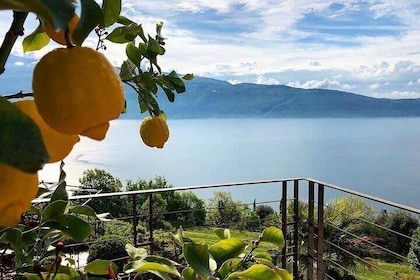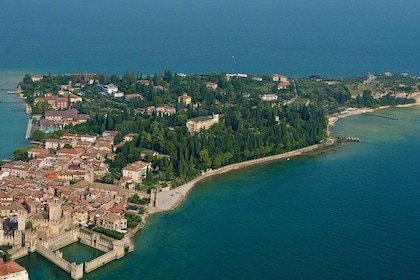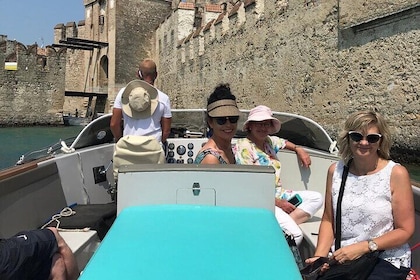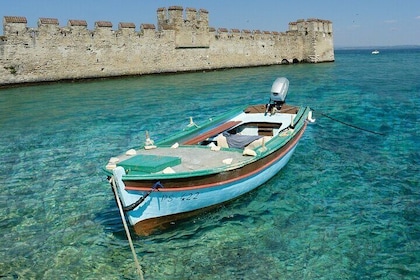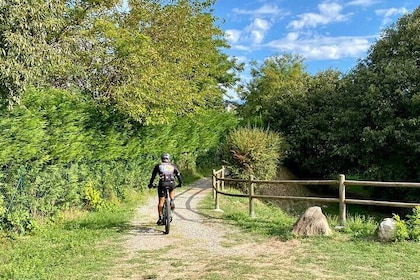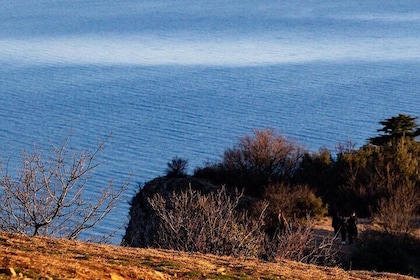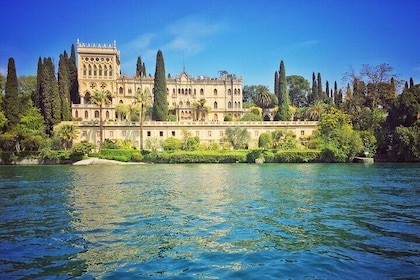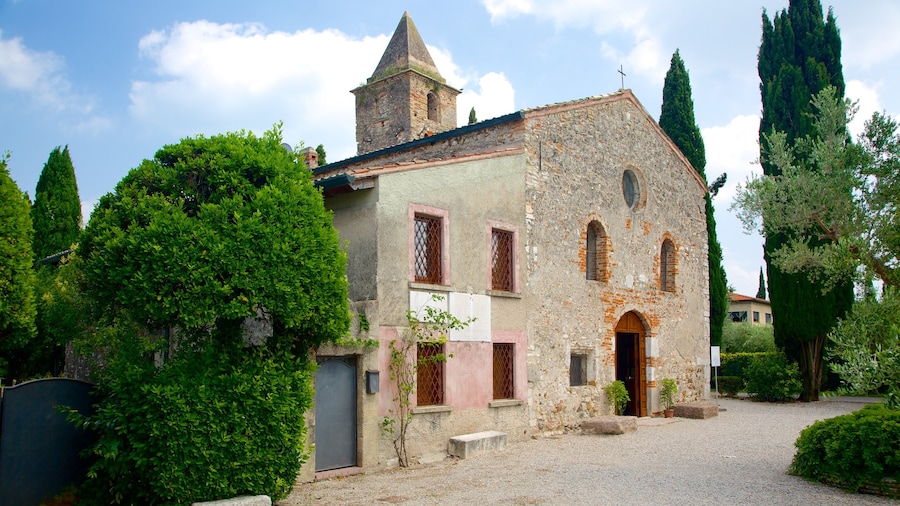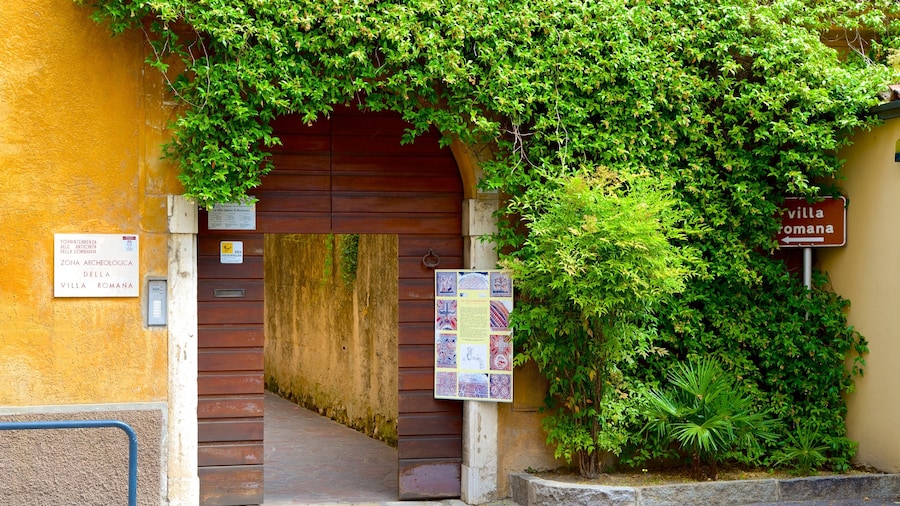The Grotto of Catullus was once the residence of a wealthy Roman family. These days, it is a historic attraction containing a small museum. Stroll through the ruins of this ancient villa, inspect fragments of mosaics and frescoes and check out intriguing Roman relics.
In spite of its name, there is no evidence that the great Latin poet Gaius Valerius Catullus ever lived at this three-story villa, although it was undoubtedly inhabited by someone from the upper echelons of Roman society. The term grotto is also a misnomer and references the building’s poor state following the fall of the Roman Empire, when the roofs collapsed and vegetation began to engulf the once-grand residence.
Make your way around the site and try to imagine how it would have looked in its heyday. The high stone walls form a rectangle shape that would once have measured over 492-feet (150-meters) long and 345-feet (105-meters) wide. Walk beneath towering arches and look for the flowing frescoed patterns, which date back to the 1st century.
Stop by the museum on the right of the main entrance. Step inside to admire an array of colorful mosaics, ceramics and rare coins that were found in and around the villa. Also on display is a portrait of a man who many believe to be Catullus.
While visiting this stunning beauty spot, save some time to enjoy the serene waterfront location. Relax in the shade of the trees that grow in and around the building. Watch as gentle blue waves lap against the rocks in front of the villa and ascend the hillside for spectacular views over the whole of Lake Garda.
The Grotto of Catullus is on the northern tip of the small commune of Sirmione, located on the southeastern corner of Lake Garda. The villa is open Tuesday through Sunday and there is a small entry fee. Opening hours vary depending on the season, so check ahead before you go.


